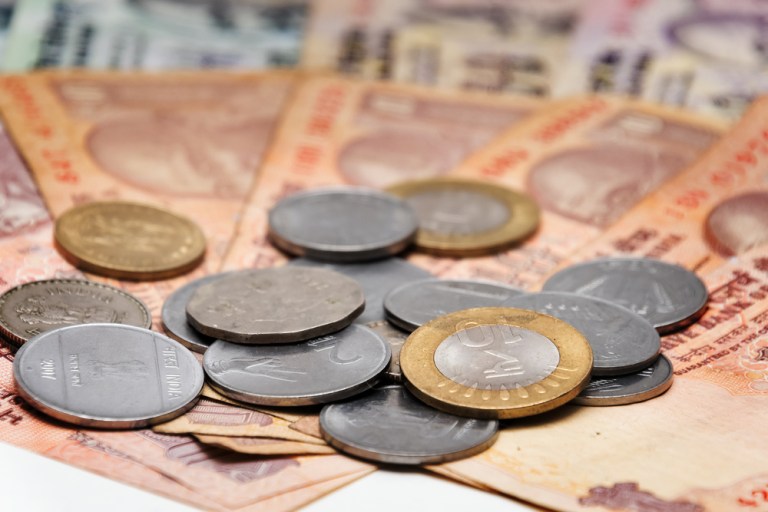The decision to make the economy in India less dependent on cash led to a temporary cash shortage that slowed the economy and forced thousands of people to gather outside of banks in an effort to get money to pay for food and wages.
The Wall Street Journal revealed that Indian Prime Minister Narendra Modi’s decision to get rid of two of the country’s biggest bank notes in November led to the cash shortage. The government decided to focus less on cash transactions in an effort to downsize the black economy and stop tax evasion.
While the switch to a more digital economy has been successful in big cities like New Delhi, it has caused problems in rural areas where there isn’t ready access to the internet. And if they do have the ability to get online, many simply don’t know how to use these devices, with women especially lacking these skills.
Instead of using cash, consumers in India now use Paytm and other mobile payment options to complete transactions. In fact, Paytm reports that it is now doing about 7 million transactions per day in the country. But in villages like Kukar Khera in the northern state of Rajasthan, many people have bank accounts because they receive wages and government subsidies. To access the money, they need to travel to an ATM in a local town. Currently, there are fewer than 20 cash machines for every 100,000 adults — and that number is lower in rural areas.
The result is long lines at ATMs and a lack of cash for purchases. And it’s not just consumers who are suffering. Business owners are also feeling the negative impact of a cashless society, and many have lost their jobs because companies are unable to pay them.
Still, the prime minister insists that “technology can empower even the poorest of people,” and the government is prepared to give lessons on how to use mobile devices for payments. One business owner in a rural area did report a successful transition from cash to mobile payments, showing there is hope for the program.
Advertisement: Scroll to Continue




